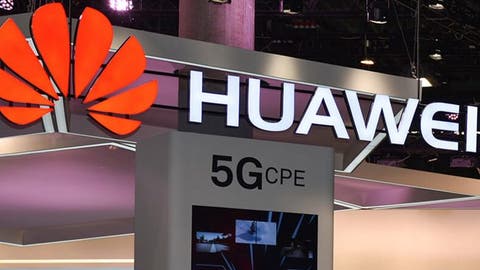BBC China has introduced a report concerning the world’s leading Chinese technologies, including Huawei 5G, supercomputer, artificial intelligence (AI), the world’s largest aperture radio telescope, A satellite, nicknamed Micius or Mozi and Landing on ‘dark side’ of the Moon.
Huawei 5G
BBC reported that Huawei is the world’s largest manufacturer of communication equipment, the second largest smartphone manufacturer, and the world’s leading company in 5G technology. Huawei has the most patents in 5G technology.
Also Read: Huawei 5G Technology Maturity Is At Least 12 Months Ahead Of Other Companies In The Industry
Supercomputer
The source also reported that the Chinese supercomputers ‘Tianhe-2’ and ‘Sunway TaihuLight’ have topped the list of the world’s top 500 supercomputers for five consecutive years. China’s new generation of billions of supercomputers ‘Tianhe 3’ is expected to be successfully developed in 2020.
Artificial intelligence
BBC reported that although China still has a gap between the key indicators of artificial intelligence in basic research, chips, and talents, it is at the forefront of the world in the use of artificial intelligence. The most telling problem is face recognition technology. China’s face recognition technology has begun to apply to many aspects of social life.
World’s largest caliber radio telescope
In September 2016, the Five-hundred-meter Aperture Spherical radio Telescope (FAST) was established in Pingtung County, Weinan Buyi, and Miao Autonomous Prefecture, Guizhou Province. Its sensitivity is 2.5 times higher than the US ‘Arecibo’ 305-meter telescope, which was ranked as the top in the 20th century by Apollo.
Mozi quantum science experimental satellite
On August 16, 2016, the ‘Mozi’ quantum science experimental satellite was successfully launched into the Jiuquan Long March II carrier rocket.
The successful launch of the ‘Mozi’ will enable China to realize quantum communication between satellite and ground for the first time in the world, and build a quantum secret communication and scientific experimental system integrating ‘heaven and earth’.
Landing on ‘dark side’ of the Moon
On January 3, 2019, the ‘Chang’e IV’ detector successfully landed on the back of the moon at a distance of 177.6 degrees east longitude and 45.5 degrees south latitude in the pre-selected landing zone and passed back to the world’s first close range through the ‘Magpie Bridge’ relay satellite. As a result, it could take an image of the dark side of the Moon. It was for the first time to realize a moon-back and earth relay communication.
Follow Gizchina.com on Google News for news and updates in the technology sector.

